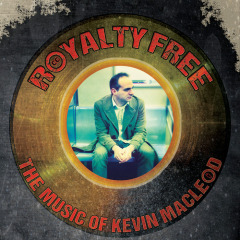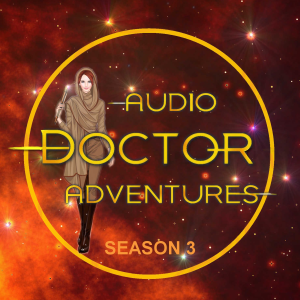“See 1 do 1 teach 1”
A quick behind the scenes look at how we take our voice actors onto alien worlds. Did we mention we are all amatuers and volunteers?
 Firstly the lines are recorded by Adam Brooks the director with the actors in studios at City Park Radio Launceston using Audacity. Audacity is an audio editing program that’s completely free which I found useful for recording streaming audio lectures broadcast at inconvenient o’clock so I could play them back later. Download it here for mac pc linux audacityteam.org It’s quicker and easiest to do each actor separately, in case they fluff their lines and its very flexible – there are no rehearsals needed, it fits in with everyone’s busy schedules, minor changes to the script are often made on the fly with several versions recorded. And it allows collaboration at a distance. With a very quiet room and a good microphone Terry’s lines are recorded at his home on video and then the audio is stripped off and shipped thru cyberspace to be pasted together with the rest by Adam. Use the free VLC media player to do this by simply converting video to a pure audio format audacity understands like OGG Vorbis or mp3 ( the conversion tool is in the media tab).
Firstly the lines are recorded by Adam Brooks the director with the actors in studios at City Park Radio Launceston using Audacity. Audacity is an audio editing program that’s completely free which I found useful for recording streaming audio lectures broadcast at inconvenient o’clock so I could play them back later. Download it here for mac pc linux audacityteam.org It’s quicker and easiest to do each actor separately, in case they fluff their lines and its very flexible – there are no rehearsals needed, it fits in with everyone’s busy schedules, minor changes to the script are often made on the fly with several versions recorded. And it allows collaboration at a distance. With a very quiet room and a good microphone Terry’s lines are recorded at his home on video and then the audio is stripped off and shipped thru cyberspace to be pasted together with the rest by Adam. Use the free VLC media player to do this by simply converting video to a pure audio format audacity understands like OGG Vorbis or mp3 ( the conversion tool is in the media tab).
“sleep is for the weak”
Next we optimize the voices following the basic algorithm of this youtube tute https://www.youtube.com/watch?v=TYF5ytMDFpA – maybe a bit of treble boost for the females, both bass and treble for the blokes and a pitch shift for Izzy. For the aliens a few more effects are applied over whatever accent our vocal talent Brooke Maloy has come up with.


To get them aboard the Questr the sound effect “reverb” using the preset “voice II” is applied to the appropriate sections of the vocal track. The pre-recorded background hum is then imported onto a separate track to the vocals. Next any other sound effects or music are added – either cut into the vocal track, or layered as more separate tracks with their volume lowered by the envelope tool when someone is speaking so as not to overwhelm the storyline – see this tute https://www.youtube.com/watch?v=gXfVKSx7WtY by Alan Levine who teaches aspects of it as part of an open online course in Digital Storytelling called DS106 http://ds106.us/open-course/ based on previous syllabi taught at the University of Mary Washington. These guys are funny, the community is great btw. If we get time we then compress and normalise the volume.

If we didn’t foley them ourselves, the sound effects come from a variety of creative commons licensed sources – mostly freesound.org . The full attribution is listed on each episode page. The cinematic soundscapes are from the generous folk at machinimasound.com and Kevin MacLeod who is responsible for a mass of free youtube scores incompetech.com
Lastly the lot is exported as a .wav file for broadcast later at City Park in the good old fashioned way over the airwaves.
PS to save youtube tutes for offline viewing i use http://www.converttoaudio.com/
